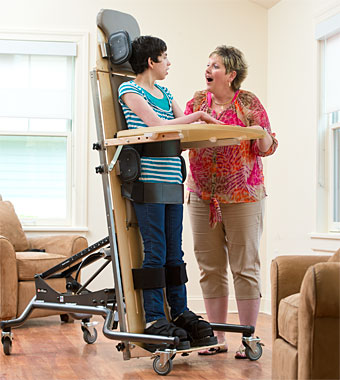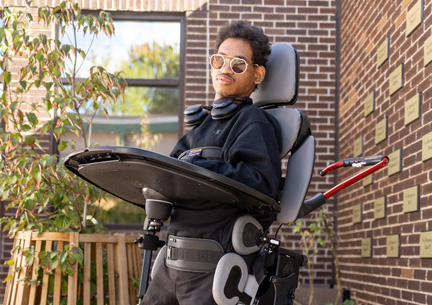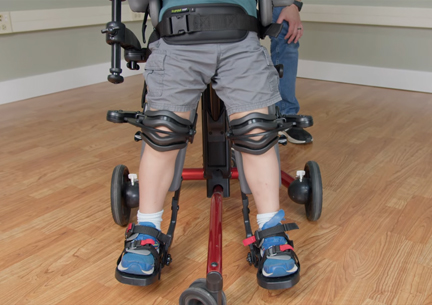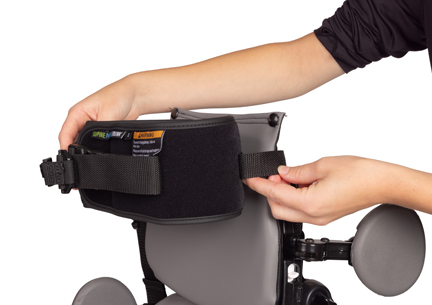Evidence Update: Standing Protocols for Adults with Neurological Conditions
| December 2015 For decades already we’ve seen standing programs used as a therapeutic intervention for adults with neurological conditions. We’ve known that without such intervention, patients with spinal cord injuries, strokes, traumatic brain injuries or multiple sclerosis spend hours and hours each day in sedentary postures—with devastating results. Sitting for upwards of eight hours a day leads to an increase in mortality and musculoskeletal issues such as pain, spasticity, contractures, muscle weakness, constipation, osteoporosis and difficulty with activities and participation. Common sense and our own clinical experience has shown us how supported standing can alleviate these issues. However, to date there have been no published guidelines to suggest optimal dosing for achieving better health outcomes through standing. This prompted therapists Ginny Paleg and Roslyn Livingstone to put together a systematic review of the literature aimed first at evaluating the evidence relating to supported standing outcomes in adults with neurological conditions and second, presenting the best-practice recommendations for length and frequency of home-based standing programs.
For decades already we’ve seen standing programs used as a therapeutic intervention for adults with neurological conditions. We’ve known that without such intervention, patients with spinal cord injuries, strokes, traumatic brain injuries or multiple sclerosis spend hours and hours each day in sedentary postures—with devastating results. Sitting for upwards of eight hours a day leads to an increase in mortality and musculoskeletal issues such as pain, spasticity, contractures, muscle weakness, constipation, osteoporosis and difficulty with activities and participation. Common sense and our own clinical experience has shown us how supported standing can alleviate these issues. However, to date there have been no published guidelines to suggest optimal dosing for achieving better health outcomes through standing. This prompted therapists Ginny Paleg and Roslyn Livingstone to put together a systematic review of the literature aimed first at evaluating the evidence relating to supported standing outcomes in adults with neurological conditions and second, presenting the best-practice recommendations for length and frequency of home-based standing programs.
Improving Mobility for Adults with Neurological Conditions
After reviewing the 36 articles which met inclusion criteria, their most outstanding finding was moderate- to high-quality evidence supporting standing programs for the improvement of range of motion and activity levels for adults with neurological conditions. This was especially true for adults with spinal cord injuries. Mixed evidence indicated the benefits of standing for bone mineral density improvements. For all other outcomes, only weak or negligible evidence was available. Clearly, further research is necessary.
Recommended Dosing for Standing Programs
Upon examining appropriate dosages for standing programs in this population, the authors found that 30 minutes 5 times a week is suggested for improvement in outcomes such as self-care, standing balance, range of motion, strength, spasticity, pain, skin integrity and bowel/bladder functioning. Standing for 60 minutes 4-6 times a week is recommended for improvement in bone mineral density and mental status.
Paleg and Livingstone have made a fabulous contribution to all of us in the clinical community. Our thanks to both of you.
For the full article, here’s the reference:
Paleg G, Livingstone R. Systematic review and clinical recommendations for dosage of supported home-based standing programs for adults with stroke, spinal cord injury and other neurological conditions. BMC Musculoskeletal Disorders. 2015;16:358.




